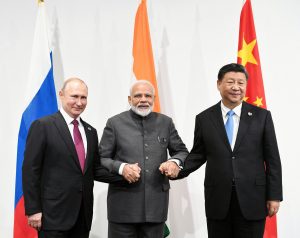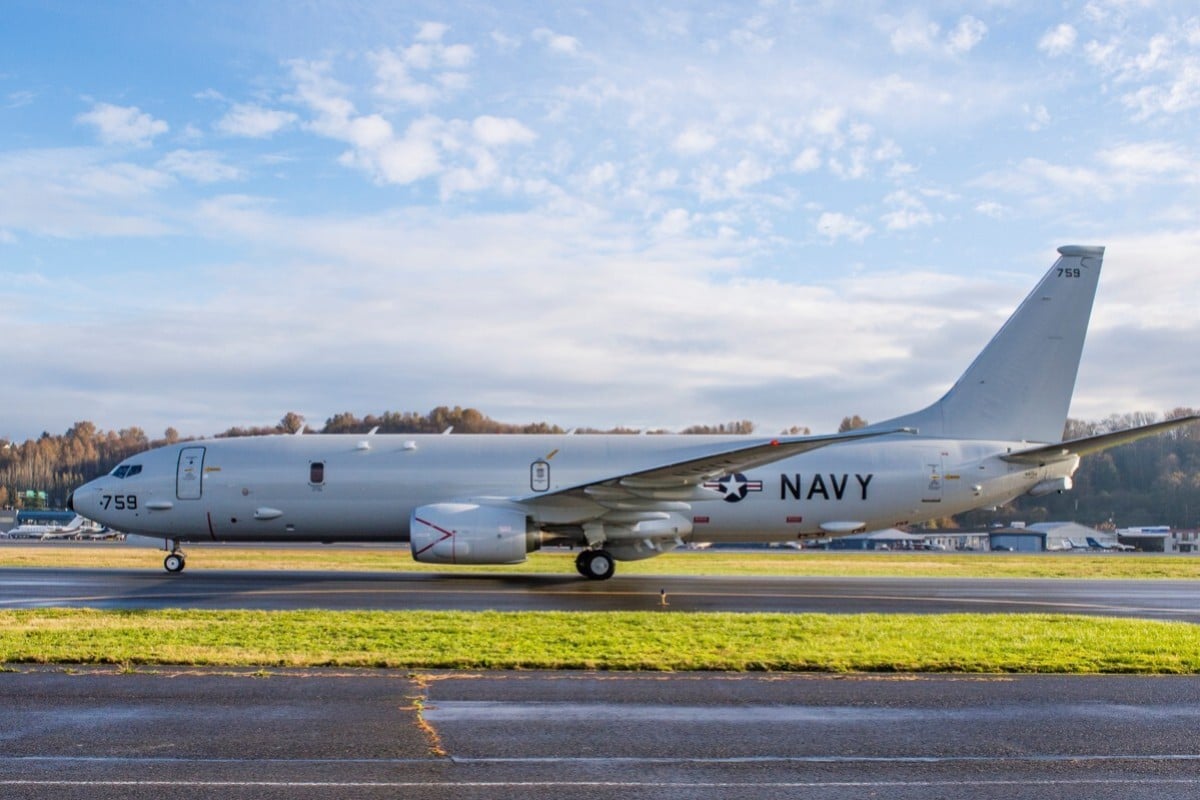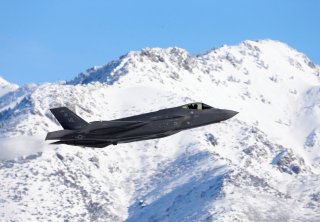With the world consumed by the coronavirus pandemic and backlash over the murder of George Floyd that has spread beyond American borders, a very significant altercation just occurred in the Himalayas between China and India.
The two nuclear-armed countries came to blows in the high altitude climate of hotly contested Galwan Valley in Kashmir. Preliminary reports from news sources estimate that roughly 20 Indian Army troops and potentially 43 soldiers of the People’s Liberation Army died in the clash. The event holds the title for the most significant incident between Delhi and Beijing since the 1967 Nathu La and Cho La skirmishes.
The dispute comes at a highly sensitive time in world affairs ongoing COVID-19 pandemic carries geopolitical implications that are significant but still unclear. The battle with Chinese forces along the Kashmiri Line of Control (LAC) could not have come at the worst time for Modi’s government. The coronavirus infection numbers are swelling throughout India despite strict lockdowns, damaging the country’s once-booming economy while posing a threat to Prime Minister’ Modi’s once secure tenure.








/media/img/mt/2020/06/oil_1/original.png)
/cloudfront-us-east-1.images.arcpublishing.com/mco/PZGVUW4V6ZB5XOGUMO2INBKE7Q.jpg)







